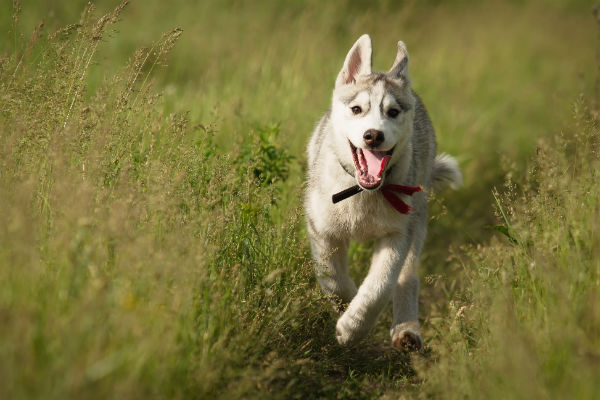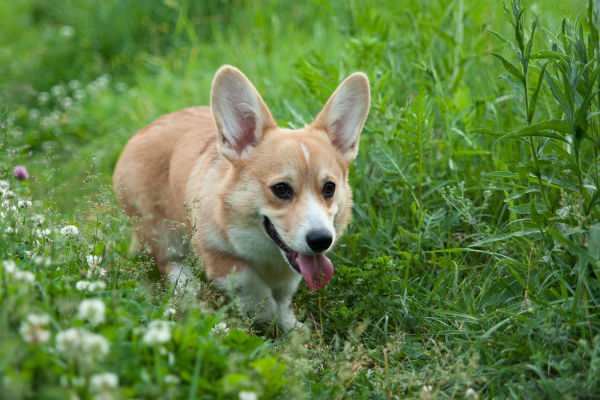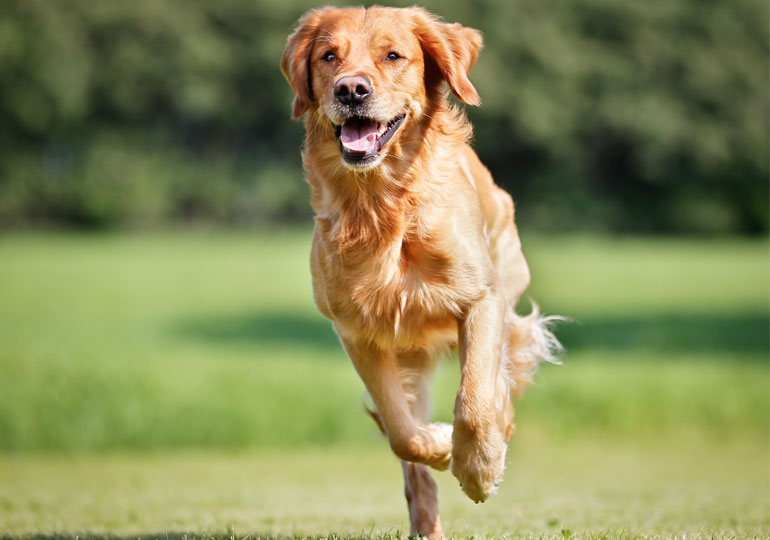Your dog has spotted a squirrel and is running after it in the direction of the road as a truck is barreling toward him. You yell, “Come!” as loudly as you can. What happens? Does your dog pivot and run back to you, avoiding a potentially life-ending injury? Or, does he make the ultimate mistake and step into the road?
Trust me, you don’t want to wait until you’re in that situation to find out the ending to the story.
The “come” command, also called the recall, is a critical, lifesaving skill. Does your dog come every time, the first time you call him? If not, then you have some serious work to do.
Preparing to Teach the Recall
In my opinion, the foundation of a great recall is a strong relationship with your dog. Keeping positive associations with the command and using high-value treats will help with the training process. Here are my top tips for training and maintaining a fantastic recall.

Don’t poison the cue. If you’ve told your dog to “come” and then did something he would perceive as a negative (for example, scolded him, gave him a bath, took something out of his mouth, or crated him and left the house), that’s known as “poisoning a cue.” Make sure to teach your dog that coming to you is always a great time.
Come up with a word for your recall. If you’ve already used “come” too many times before punishing your dog, I’d strongly suggest picking a new word. It’s easier than training an unknown command than changing the meaning of one he knows and doesn’t like. No matter what word you choose, it should always result in great fun and rewards.
Keep a positive association with your dog’s name. If you’re frequently yelling at your dog using his name (e.g., “Bowser, no!”), you’re making him less willing to come running when you might desperately need him to. If you’ve already made negative associations with his name, start offering rewards when you say it and he responds by looking at you.

Make a list of what distracts your dog and rank them in order of least to most distracting. That way, when you’re ready to add challenges to your recall training sessions, you know what will be difficult for your dog to ignore. That is, until you realize that in the face of something challenging, your dog’s recall falls apart.
Training the “Come” Command
Step 1: Play the “ping-pong” game. This is one of the first games I play with my puppies. To start, you need a friend, lots of high-value treats, and a tug toy. Next, make sure your puppy/dog has used the potty. To teach the recall, sit on the floor in a distraction-free area about 10 feet away from your helper. One person lightly restrains the puppy and one says the puppy’s name excitedly. When the puppy starts running toward you, praise wildly, give a high-value treat, and then play a fun game of tug. After a few successful reps, add the word you want to use for the recall. Repeat and gradually increase the distance between you.

Step 2: Teach “gotcha.” If your dog has gotten loose, you’re going to want to grab his collar after he’s come to you (or maybe before he’s had a chance to run away at all). It’s best to teach him now to get used to it so that he doesn’t pull away when he’s in a dangerous situation. To train this command, show your dog a really enticing treat and hold it against your body. When he comes over and starts nibbling, very slowly and gently reach for his collar. After hooking a finger in it, say “gotcha” while opening your hand and giving him the treat. As training progresses, the grab changes from one finger to your whole hand, and from slowly to quickly. This teaches your dog that the word “gotcha” is rewarding.
Step 3: Combine “come” and “gotcha.” Now practice the “ping-pong” game adding the “gotcha” command after he responds to the recall. Give lots of high-value treats when your dog responds.
Once your dog has mastered the “come” command, it doesn’t mean that training is over. It’s important to continuously practice the command with him throughout his life so that his skills are sharp when they’re needed most.
For more advice on teaching this essential command, check out the video below.


